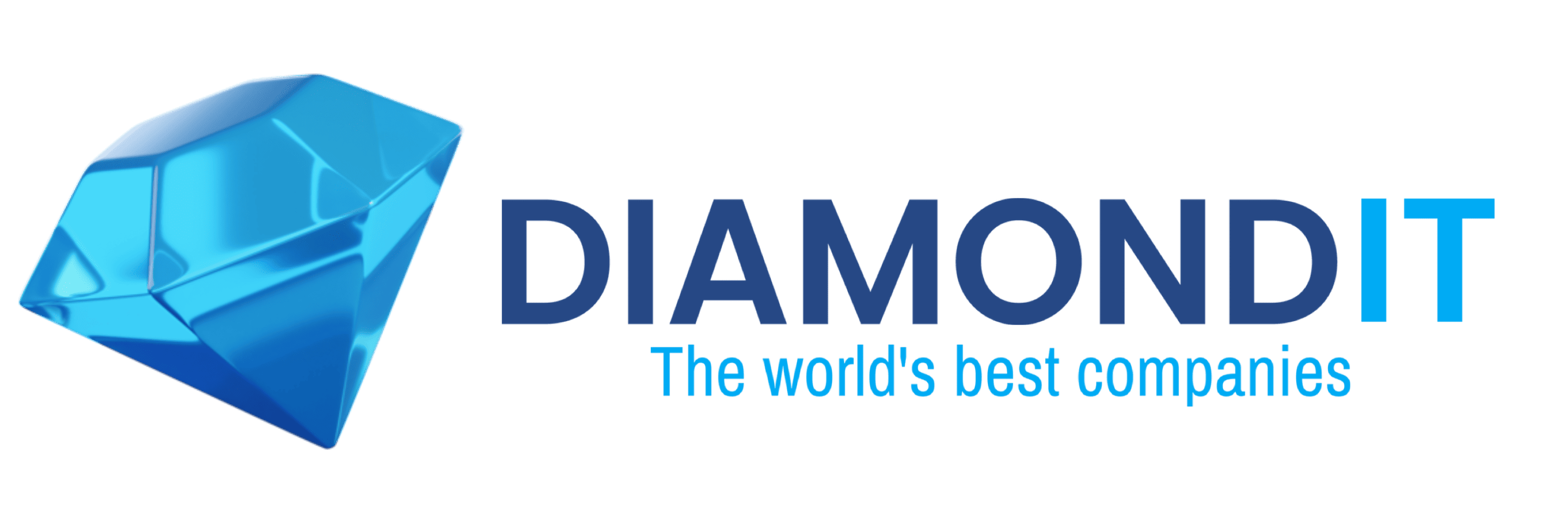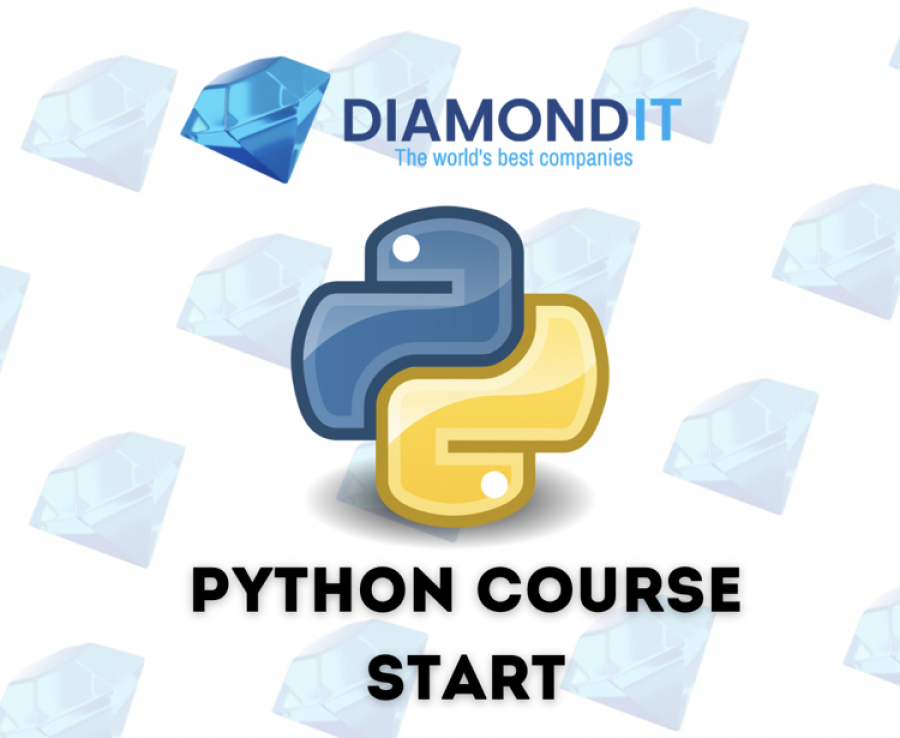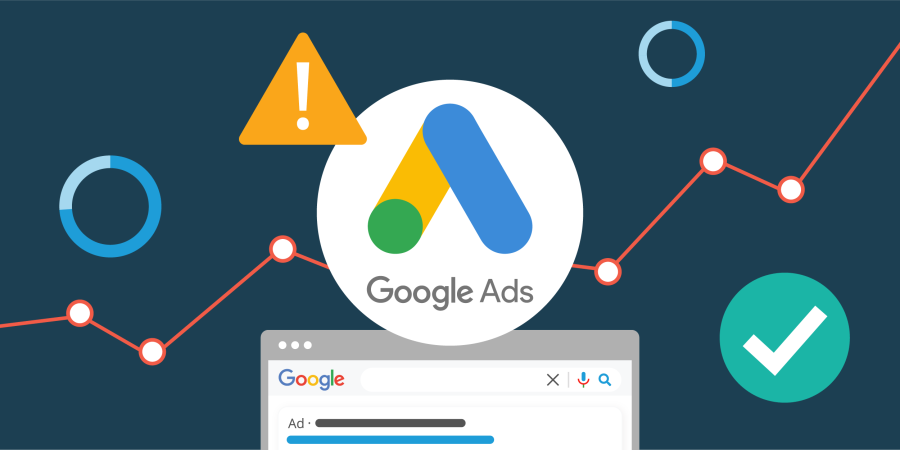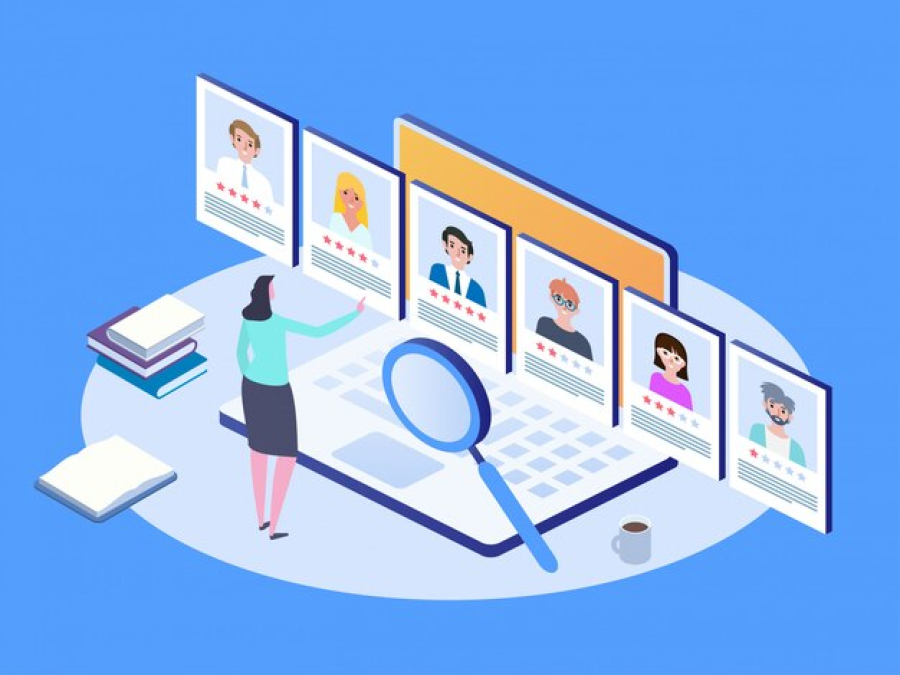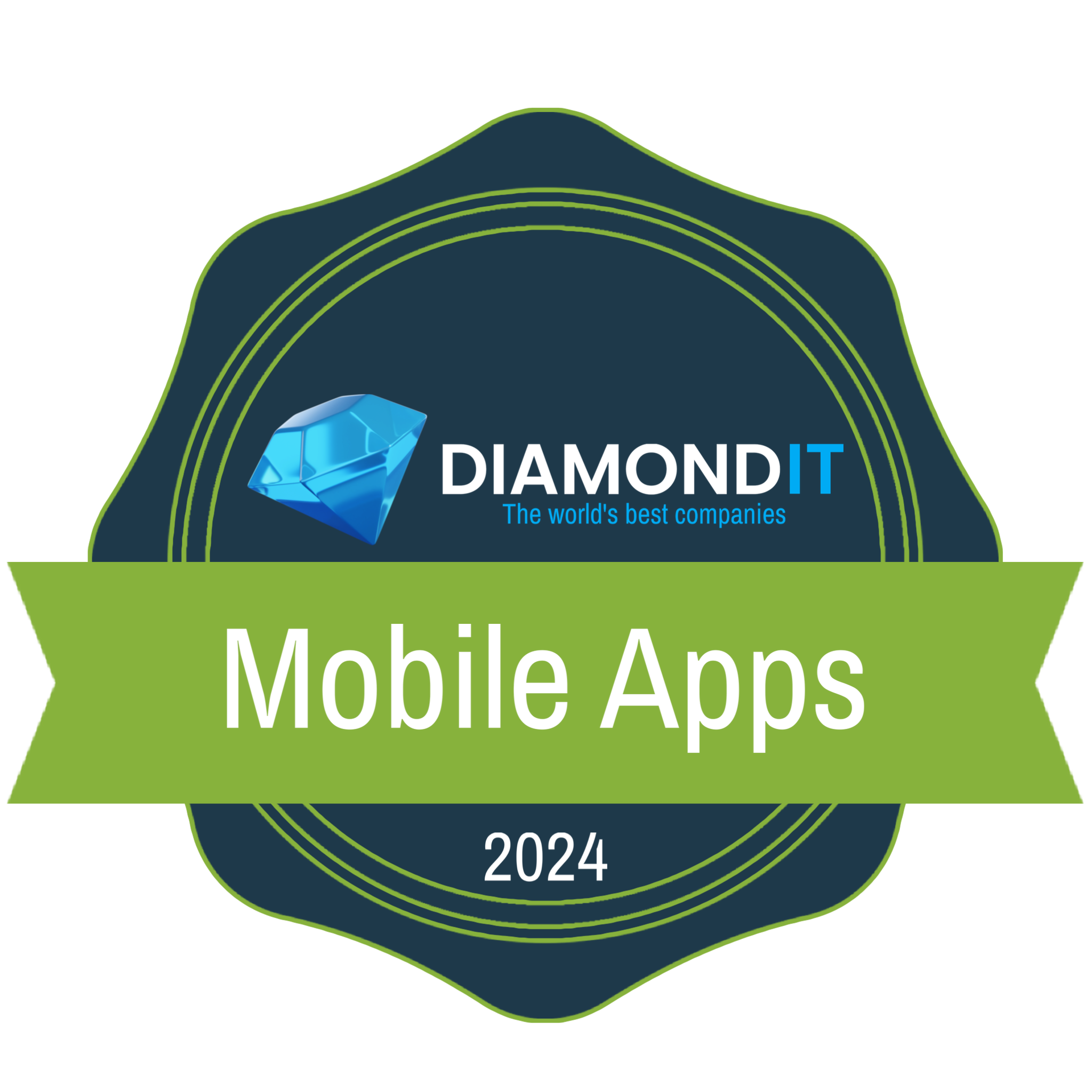Diamond IT Course | Mastering Python: From Beginner to Intermediate
Mastering Python: From Beginner to Intermediate
Course Overview:
This course will teach you Python programming from the ground up. Whether you're a complete beginner or have some experience with coding, this course will help you understand Python's syntax, key concepts, and how to build real-world applications. By the end of the course, you will be proficient in Python and able to tackle a variety of programming challenges.
Target Audience:
- Beginners who want to learn Python programming
- Intermediate learners aiming to strengthen their Python skills
- Developers looking to expand their knowledge in Python
Module 1: Introduction to Python
- Lesson 1.1: What is Python?
- History and evolution of Python
- Python’s strengths and use cases
- Setting up Python on your machine (installation and IDE setup)
- Lesson 1.2: First Steps in Python
- Running Python scripts
- Basic syntax and structure
- Understanding Python’s interactive shell (REPL)
- Lesson 1.3: Variables and Data Types
- Numbers, Strings, and Booleans
- Type conversion
- Basic arithmetic operations
- Lesson 1.4: Control Flow
- Conditional statements (if, elif, else)
- Loops (for, while)
- Breaking out of loops and using
continue
Module 2: Working with Data
- Lesson 2.1: Lists and Tuples
- Creating, indexing, and slicing lists and tuples
- Common list methods
- List comprehensions
- Lesson 2.2: Dictionaries and Sets
- Creating dictionaries and sets
- Dictionary methods and operations
- Set operations and their applications
- Lesson 2.3: Strings and String Manipulation
- String methods and formatting
- Regular expressions basics
- String interpolation (f-strings)
Module 3: Functions and Modules
- Lesson 3.1: Functions in Python
- Defining functions and passing arguments
- Return values
- Variable scope (local vs global)
- Lesson 3.2: Advanced Function Concepts
- Lambda functions
- Higher-order functions (map, filter, reduce)
- Recursion in Python
- Lesson 3.3: Modules and Packages
- Importing standard libraries
- Creating your own modules
- Understanding the Python Package Index (PyPI)
Module 4: Object-Oriented Programming (OOP)
Lesson 4.1: Introduction to OOP
- Understanding classes and objects
- Creating classes and defining methods
- Constructors (
__init__)
Lesson 4.2: Inheritance and Polymorphism
- Creating subclasses
- Overriding methods
- Using
super()function
Lesson 4.3: Encapsulation and Abstraction
- Private and public members
- Getters and setters
- Abstract classes and interfaces
Module 5: File Handling and Error Management
- Lesson 5.1: Reading and Writing Files
- Opening and closing files
- Reading from and writing to text files
- Working with file paths
- Lesson 5.2: Exception Handling
try,except,finallyblocks- Raising exceptions
- Custom exceptions
Module 6: Advanced Python Topics
- Lesson 6.1: List Comprehensions and Generators
- Understanding list comprehensions
- Generator expressions
- Iterators and the
yieldkeyword
- Lesson 6.2: Decorators and Context Managers
- What are decorators?
- Using
@staticmethod,@classmethod, and custom decorators - Context managers and the
withstatement
- Lesson 6.3: Multithreading and Multiprocessing
- The Global Interpreter Lock (GIL)
- Threading vs Multiprocessing
- Working with
threadingandmultiprocessingmodules
Module 7: Python for Data Science (Optional Advanced Track)
- Lesson 7.1: Introduction to Data Science
- Python libraries for data science: NumPy, Pandas
- Data structures for analysis: DataFrames, Series
- Lesson 7.2: Data Visualization with Matplotlib
- Creating plots and graphs
- Customizing plots (titles, labels, legends)
- Lesson 7.3: Machine Learning Basics
- Introduction to scikit-learn
- Training a simple model (classification, regression)
- Evaluating model performance
Module 8: Final Project and Next Steps
- Lesson 8.1: Building Your First Python Project
- Planning and designing your project
- Coding the project step by step
- Testing and debugging
- Lesson 8.2: Code Optimization and Best Practices
- Writing clean and efficient Python code
- Refactoring and improving performance
- Lesson 8.3: Preparing for Job Interviews
- Common Python interview questions
- Problem-solving strategies
Course Features:
- Interactive Quizzes: Test your understanding after each module.
- Coding Exercises: Hands-on coding challenges to solidify learning.
- Final Project: A real-world Python project to showcase your skills.
- Certificate of Completion: Earn a certificate after finishing the course.
This structure ensures a comprehensive understanding of Python, from the basics to more advanced concepts, and prepares students for real-world applications or further specialization in fields like data science or web development.
